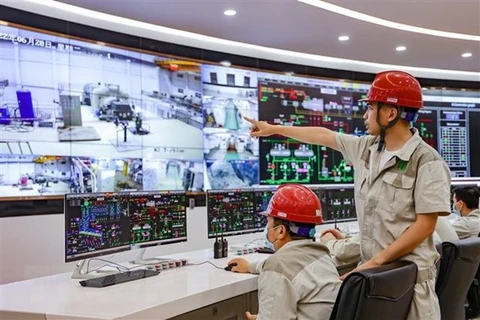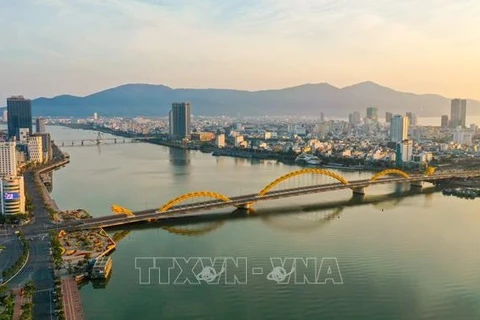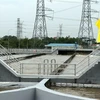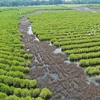Ho Chi Minh City (VNA) – Ho Chi Minh City’s Department of Natural Resources and Environment, Department of Industry and Trade and the United States Agency for International Development (USAID) jointly organised a conference on technology and finance for waste-to-energy projects on April 11.
Speaking at the event, Deputy Director of the Department of Natural Resources and Environment Nguyen Thi Thanh My said that currently, about 10,000-10,500 tonnes of domestic waste is discharged daily in the city.
Up to 69% of the waste is dumped at landfills, generating significant sources of greenhouse gas emissions in the city.
She said the city has coordinated with USAID to implement a project to support and promote the development of renewable energy as well as energy efficiency to reduce greenhouse gas emissions, demonstrating a common responsibility to the international community.
The city has targeted that 80% of the domestic waste will be treated by modern new technology by 2025 and 100% by 2030.
Le Van Tam, Deputy Director of the Vietnam Institute of Tropical Technology and Environmental Protection, said that Vietnam currently has about 20 waste-to-power projects. However, only three factories have been put into operation. In the southern region, only Can Tho city has a waste-to-power plant in Thoi Lai district with a capacity of about 400 tonnes per day while Ho Chi Minh City has five such projects but one has suspended operation and another one has been delayed for years due to legal issues.
Tam added that the delay in the construction of waste-to-power plants will lead to the reliance on waste treatment by landfill, which pollutes the environment, wastes resources, and increases greenhouse gas emissions.
In addition, policy-relating barriers make it difficult for waste-to-power plant projects to attract investors due to their low efficiency. These projects run at only about 20-25% efficiency, which is much worse than investment in thermal power plants (from 40 - 42%). Meanwhile, the investment cost of a waste-to-power plant is very large and it takes 10-20 years to get the investment back.
At the conference, participants also pointed out the shortcomings of support policies for power generated from waste. They proposed revising legal regulations and procedures in the field and building a carbon credit mechanism. /.
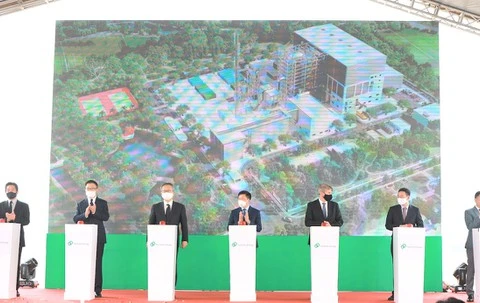
IFC invests 30 million USD in waste-to-energy plant in Vietnam
The International Finance Corporation (IFC) has committed 30 million USD to the construction of a waste-to-energy plant in the northern province of Bac Ninh as part of support for Vietnam to help it reach net-zero carbon emissions by 2050.

